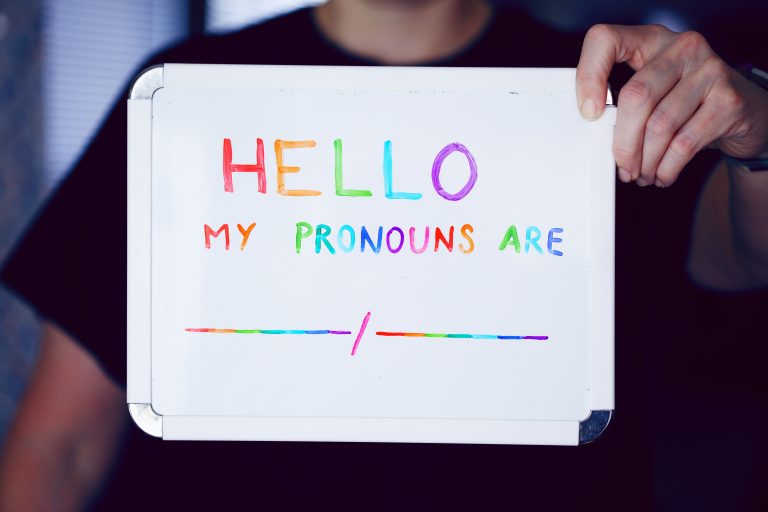Myth-busting – Dissociative Disorders
Dissociative disorders are a category of illnesses characterised by abrupt shifts in a person’s sense of reality-related perception, thinking, consciousness, identity, or memory. An individual with dissociative disorder could feel cut off from both their environment and themselves.
Dissociative amnesia, dissociative identity disorder, dissociative fugue, and depersonalization-derealization disorder are a few of the diagnoses that fall under the umbrella of dissociative disorders. They all share the characteristic of often emerging following a stressful event. Dissociation events may get worse with high stress. Despite the widespread prevalence of dissociation experiences, there are numerous misconceptions about these diseases. Let us examine some myths about dissociative disorders.
Myth 1 – People with dissociative disorders are dangerous.
Individuals with dissociative disorders need to be monitored for rapid personality changes or atypical inclinations since the diagnostic criteria for dissociative disorders include sadness, anxiety, and suicidal thoughts. Dissociative identity disorder is frequently portrayed in the media as having aggressive tendencies. This image is further exaggerated when close individuals, such as family, may not be aware of the person’s changes in their identity.
Multiple personality disorder was renamed dissociative identity disorder because many individuals with this disease have just one identity that is broken up into smaller fragments rather than having different identities. Relatives close to individuals with DID can observe the following indicators related to changes in identities:
- Sudden mood swings
- Forgetfulness about what is said
- Rapid changes in personality
Dissociative disorders may increase a person’s risk of self-harm and suicidal behaviours; however, this is not always the case. Medical attention is required if a person with a dissociative disorder states they wish to hurt themselves or other people.
Myth 2 – Dissociative and psychotic disorders are similar.
A psychotic condition like schizophrenia is characterised by hallucinations, delusions, disorganised thinking, and abnormal behaviours. Contrarily, hallucinations or delusions are uncommon in dissociative disorders. However, psychotic episodes are still a possibility for those with dissociative disorders.Psychosis is seen as a sign of a number of illnesses, including bipolar disorder, schizophrenia, and dissociative disorders. Alcohol and substances such as LSD can cause psychosis as well.
If a person describes ‘auditory hallucinations’, they may be misdiagnosed with schizophrenia when they actually have dissociative identity disorder. In contrast to delusions or hallucinations, these voices might be pieces of the person’s identity. When an individual is given treatment for schizophrenia under these circumstances, their symptoms will not get better, which would indicate that perhaps the diagnosis is incorrect.
Myth 3 – Dissociative disorders can be treated with medication.
Medication is often not advised for individuals with dissociative disorders unless they have a co-occurring mental health illness, such as bipolar disorder, depression, or anxiety. Instead of treating the entire disease, medication only addresses certain of its symptoms. There are several therapies that can help individuals with dissociative disorders, such as:
- Cognitive behavioural therapy (CBT)
- Dialectical behaviour therapy (DBT)
- Psychoanalytical psychotherapy
- Eye movement desensitization and reprocessing (EMDR)
If you think that you can benefit from professional support on this issue you can reach out here.
Charlot Cauchi is a Gestalt Psychotherapist at Willingness. He has experience working with adult clients with mental health difficulties, anxiety and depression, loss and grief, traumatic experiences, stress and relational issues.
References
American Psychiatric Association. (2013). Diagnostic and statistical manual of mental disorders (5th ed.). American Psychiatric Association.Vedat, S. (2011). Epidemiology of Dissociative Disorders: An Overview.” Epidemiology Research International.







